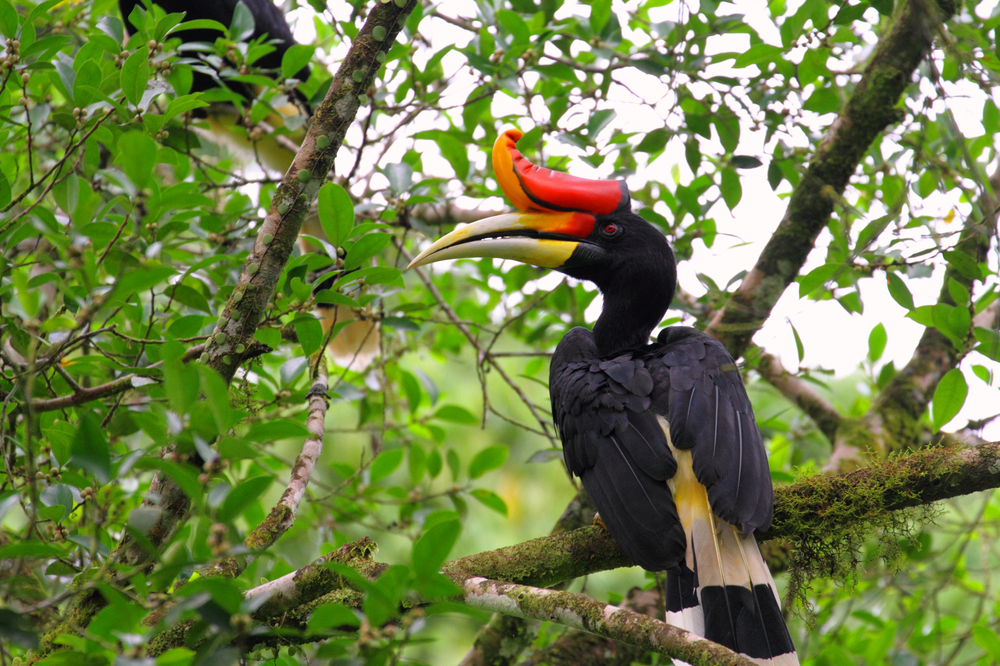Kutai Overview
Kutai National Park, known locally as Taman Nasional Kutai, is a significant conservation area in East Kalimantan, Indonesia. Encompassing approximately 750 square miles (1,944 square kilometers), the park is a haven for biodiversity, situated near the towns of Bontang and Sangatta.
It is part of the larger Borneo island ecosystem, which is renowned for its tropical rainforests, unique wildlife, and stunning landscapes. The park’s location on the eastern coast of Kalimantan provides a mix of coastal and inland habitats, making it an ecologically diverse and visually captivating destination.
The terrain of Kutai National Park features dense lowland tropical rainforests, mangrove swamps, and rivers, including the Sangatta River, which winds its way through the park. Towering dipterocarp trees dominate the forests, forming a lush green canopy that provides habitat to countless species.
Within the park, limestone formations and caves add to the geological variety, while areas of peat swamp offer unique ecological niches. This diversity of landscapes supports an extraordinary variety of flora, with towering emergent trees, dense undergrowth, and orchids adding to the richness of the vegetation.
Wildlife in Kutai National Park is among its most celebrated features, with the park serving as one of the last strongholds for the critically endangered Bornean orangutan. Visitors may also encounter a host of other mammals, including sun bears, clouded leopards, proboscis monkeys, and macaques.
The park is a birdwatcher’s paradise, with over 300 recorded bird species. Notable birds include the rhinoceros hornbill, kingfishers, and the majestic white-bellied sea eagle. The diversity of life extends to reptiles, amphibians, and insects, making Kutai a hotspot for biodiversity.
Popular attractions within the park include the Prevab Research Station, a hub for studying and observing orangutans in their natural habitat. Visitors can also explore caves, such as Goa Kombeng, and enjoy river safaris along the Sangatta River.
The park’s forests offer opportunities for hiking and trekking, with trails leading through stunning scenery and allowing close encounters with wildlife. For those seeking a cultural connection, local Dayak communities living near the park offer insights into traditional practices and their harmonious relationship with the environment.
Kutai National Park faces ongoing conservation challenges, including deforestation, illegal logging, and habitat fragmentation. However, there have been significant efforts to mitigate these threats. Collaborative projects involving the government, NGOs, and local communities have focused on habitat restoration, anti-poaching measures, and community education. These initiatives have led to a slow but steady recovery of orangutan populations and a heightened global awareness of the park’s ecological importance.
Visitors to Kutai National Park can engage in guided tours, wildlife observation, and cultural exchanges with local communities, making it a rewarding destination for ecotourism. The park’s management continues to strive for a balance between conservation and sustainable tourism, ensuring the protection of its natural wonders for generations to come.










































































